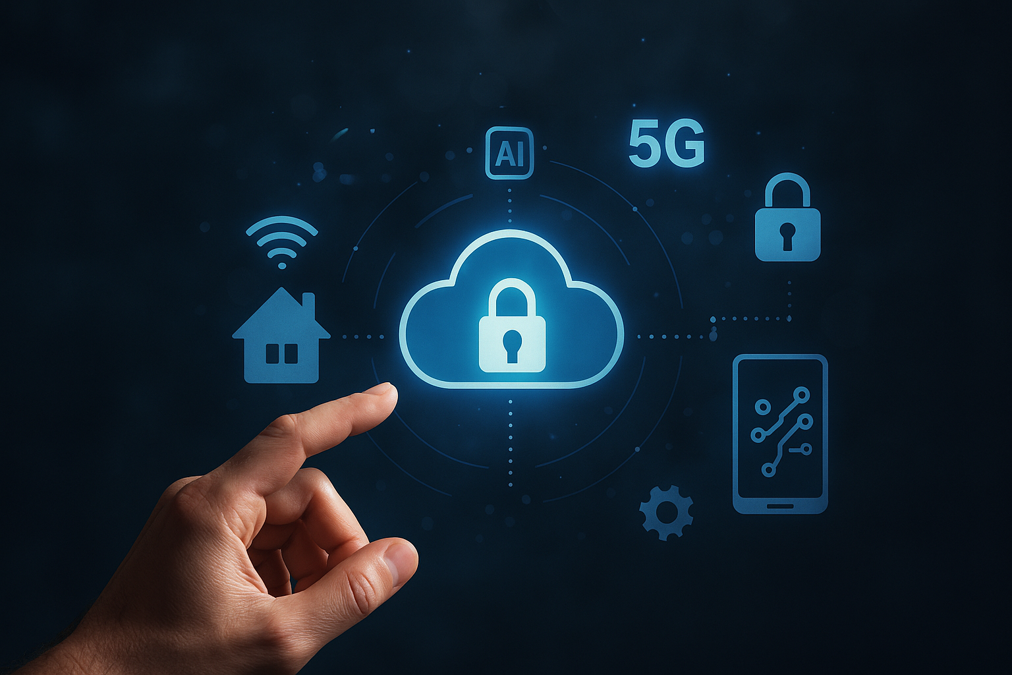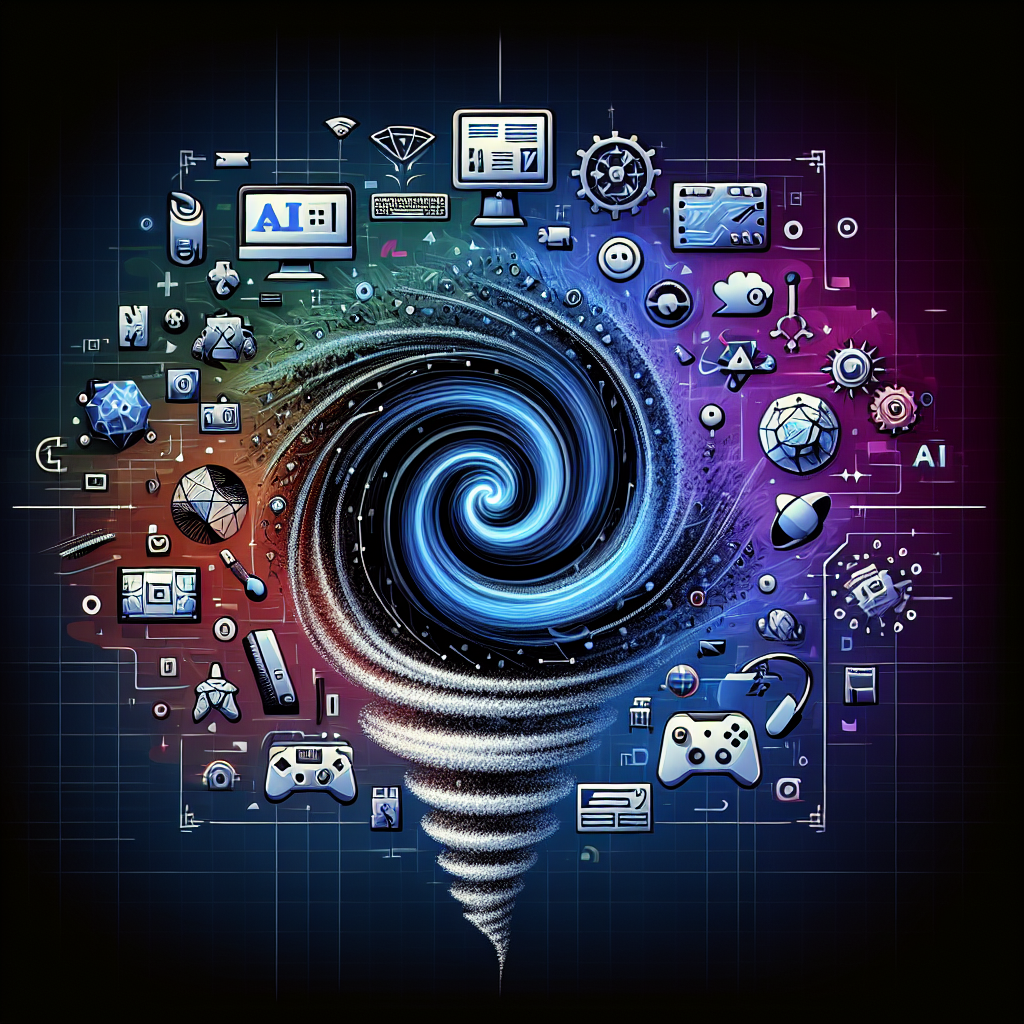The 2025 IoT Ecosystem: Faster, Smarter, and More Secure with AI, 5G, and Edge Computing
Posted on May 15, 2025

In 2025, the IoT ecosystem is evolving rapidly with the mass adoption of 5G networks, extensive use of edge computing, and integration of AI, leading to faster, smarter, and more secure connected devices and systems. Enhanced security frameworks and sustainability efforts further define the landscape, enabling real-time decision-making and transformative applications across industries.
The Internet of Things (IoT) ecosystem in 2025 is marked by transformative advancements that are reshaping industries and everyday life through enhanced connectivity, intelligence, and security. Central to this evolution are the synergistic integrations of 5G networks, edge computing, and Artificial Intelligence (AI), creating a more responsive, efficient, and secure IoT landscape.
One of the biggest developments is the mass adoption of 5G-driven IoT, which delivers ultra-fast, low-latency connectivity essential for applications requiring real-time responsiveness. This enables breakthroughs in sectors like automotive — where self-driving cars can process sensor data instantaneously — healthcare through telemedicine and remote monitoring, and smart cities deploying sensor networks for dynamic urban management. As 5G coverage expands, these applications become more reliable and scalable, allowing IoT devices to interact seamlessly on a global scale.
Complementing 5G is the rise of edge computing, which processes data locally on devices or near the data source rather than sending everything to centralized cloud servers. This proximity reduces latency dramatically and conserves bandwidth, which is critical for time-sensitive environments such as industrial automation, emergency response, and intelligent transportation systems. Edge computing also supports enhanced privacy and regulatory compliance by keeping sensitive data on-site, an increasingly important concern amid tightening data protection laws.
AI-powered IoT, or AIoT, is another pillar of the 2025 ecosystem. AI algorithms enable devices to analyze data, identify patterns, and make autonomous decisions, driving smarter automation and predictive maintenance. This reduces operational downtime in manufacturing, optimizes energy grids, and enhances user experiences in smart homes and cities. The integration of AI with IoT is expanding the capabilities of digital twins—virtual replicas of physical objects and environments—to simulate, predict, and optimize real-world performance.
Cybersecurity remains a critical focus as the proliferation of connected devices increases attack surfaces. The 2025 IoT ecosystem sees stronger, adaptive security frameworks designed to safeguard data integrity and device authenticity across diverse networks, including emerging non-terrestrial networks (NTN) for global IoT coverage. Multi-layered security strategies incorporating AI threat detection are becoming standard to protect against evolving cyber threats.
Sustainability is also rising as a key theme, with IoT technologies being leveraged for environmental monitoring and resource management. Smart sensors help reduce waste, optimize energy consumption, and support climate resilience efforts, reflecting growing industry and societal commitments to ecological impact reduction.
In summary, the 2025 IoT ecosystem is characterized by real-time data processing via edge computing, widespread 5G connectivity, AI-driven intelligence, robust security protocols, and a commitment to sustainable innovation. These elements converge to drive smarter industries, safer communities, and more efficient resource use, setting the stage for the next wave of digital transformation.


